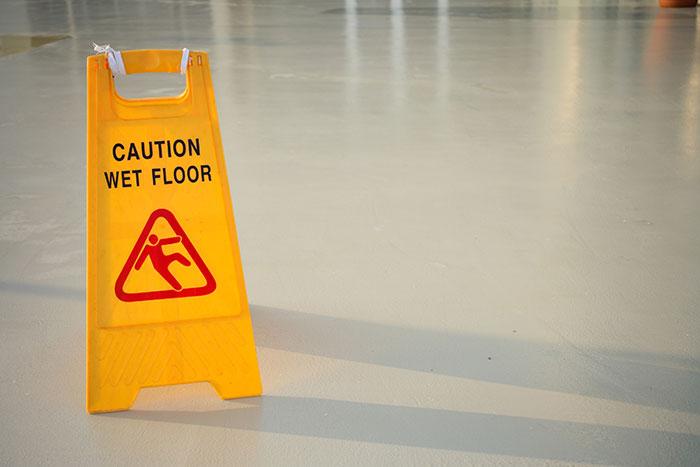GENERAL LIABILITY INSURANCE

Protect your business from claims that could put your assets at risk.
Also referred to as commercial general liability insurance or business liability insurance, general liability insurance is the most basic form of coverage that a business needs. This is the insurance that covers you and your business for all types of accidents. These claims could include cases where a customer gets hurt on the business premises, or if you damage a client’s property in the course of your operations. These accidents can break the bank for most businessowners, and general liability insurance is the protection that allows you to focus on growing your business and doing great work.
Types of General Liability Protections.
Bodily injury, also known as “slip-and-fall insurance”, is the part of general liability insurance that covers claims for physical injury to a third party. Whether it’s a customer tripping in your salon, or you accidentally drop something heavy on your client’s foot, this addresses scenarios where you might be liable, or legally responsible, for someone’s bodily injury. This coverage often includes expenses associated with the injury such as medical bills, pain & suffering, and loss of income.
This part of a general liability policy may cover you if you’ve accidentally committed copyright infringement, advertising infringement, defamation of character, or caused some other form of non-tangible harm. These kinds of claims can be costly and often come with legal expenses and damage to your reputation.
This section of your policy is what protects you in the event you damage someone else’s property. This is particularly relevant if you perform work in your client’s home or office, or with their property. Property damage includes anything from a broken vase to a small fire—just make sure that your policy actually includes what you need. For example: stay away from plumbers’ insurance that excludes water damage.
What is a “Claims Made” Policy?
Under a “claims made” policy, a claim made against you can only be covered while the policy is in effect. In other words, once the policy has lapsed, you no longer have coverage. The down side of this type of policy is that it must be continued indefinitely to assure coverage for claims filed in the future for actions that occurred in the past.
In order for a claim to be covered under this type of policy, it must meet two criteria:
- You are insured when the claim is made, and
- You have continually renewed the policy from the time the incident until the time the claim is made.
If you no longer need ongoing coverage, you can purchase an endorsement that offers you an extended reporting period for claims to protect you for past operations.
What is an “Occurrence” Policy?
With an “occurrence” policy, you are covered for damages that occurred while the policy was in effect, regardless if the coverage is active at the time the claim is made. Under this type of policy, you will still have coverage for events that occurred while the policy was in effect, even if you cancel your policy later down the line.
An occurrence policy protects you from any covered incident that occurs while the policy is in force. The policy then covers those incidents for up to 10 years (depending on the statute of limitations in your state). For example, let’s say you purchase an occurrence policy in 2017 and complete a project for Mr. Doe during 2017 while that policy is active. Then, you cancel your policy in 2018. In 2019, Mr. Doe sues you for an incident that occurred back when you completed the project for him in 2017. In this case, you’re covered, because you were insured at the time you completed the project for Mr. Doe.
